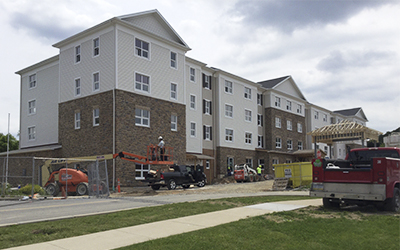
Staying Cool with Passive House Design at Presbyterian Senior Living
Passive House Design, or Passivhaus, originated in Germany in the late 1980s as a method to construct homes and buildings that have less of an impact on the environment and a smaller overall ecological footprint. Passive house design offers both environmental benefits and long-term cost savings through features such as temperature regulation in a building. The concept took off in Europe before slowly emerging in the United States in the 2000s. According to the Passive House Institute U.S. (PHIUS), in 2017, there were only 1,200 units utilizing passive design in the United States, with more on the way.
Mowery is proud to be a partnering with Presbyterian Senior Living on a passive house project for Windy Hill II, a senior living community in Phillipsburg, Pennsylvania. The project, currently under construction, will be completed in July 2018 and incorporates design standards from PHIUS. Passive house design standards require low levels of air leakage, high levels of insulation and windows with a very low U-factor, which measures the rate of heat loss.
Project highlights include:
Energy Efficient Materials
Mowery worked with the leadership team at Presbyterian Senior Living to identify vendors and products that met the PHIUS design standards. As part of the preconstruction process, Mowery selected triple-pane, high performance windows from INTUS Windows. The windows were ordered with a 16-week lead time in order to meet scheduling requirements. In addition, Mowery utilized a fluid-applied air and water barrier to prevent air leakage as well as high-performing HVAC equipment and high-heat conductivity resistance insulation.
Performance
As part of the certification for a passive house project, several different tests, including a blower test, are required to measure heat loss and air leakage from buildings. The PHIUS standard requires that heat loss occurs at a rate of no greater than 2800 cfm at -50 pascals. CFM, or cubic feet per minute, measures the velocity at which air flows into or out of a space. The initial blower test results at Windy Hill II were so low that additional tests were conducted to make sure the equipment was working properly! Depressurization test results were 430 cfm at -50 pascals and pressurization test results were 677 cfm at -50 pascals, well under the PHIUS standards. These were the tightest test results ever seen by the PHIUS representative.
Cost Savings
According to PHIUS, passive buildings typically cost 5-10% more than conventional construction and a return on investment (ROI) occurs in the sixth year after completion. Based on initial test results and project costs, Mowery estimates that Presbyterian Senior Living will see an ROI in its fifth year after completion due to the level of airtightness of the building.
“At Mowery, we are proud to be working on a passive house design with Presbyterian Senior Living, and we’d like to congratulate them on their dedication to reducing their impact on the environment while also providing affordable housing for our senior community,” said David Cross, president of Mowery. “We look forward to the opening of Windy Hill II in July.”
Interested in learning more about passive house design and how it may benefit your next construction project? Contact us today! At Mowery, we work collaboratively with our partners during both the preconstruction and construction phases through a proactive approach known as our PARTNER Program. The goal of the PARTNER Program is to create not only a unique and custom experience for our clients, but a remarkable one as well. This is truly how we measure success — and the experience we provide for our clients has made us the contractor-of-choice for local, regional and national companies.
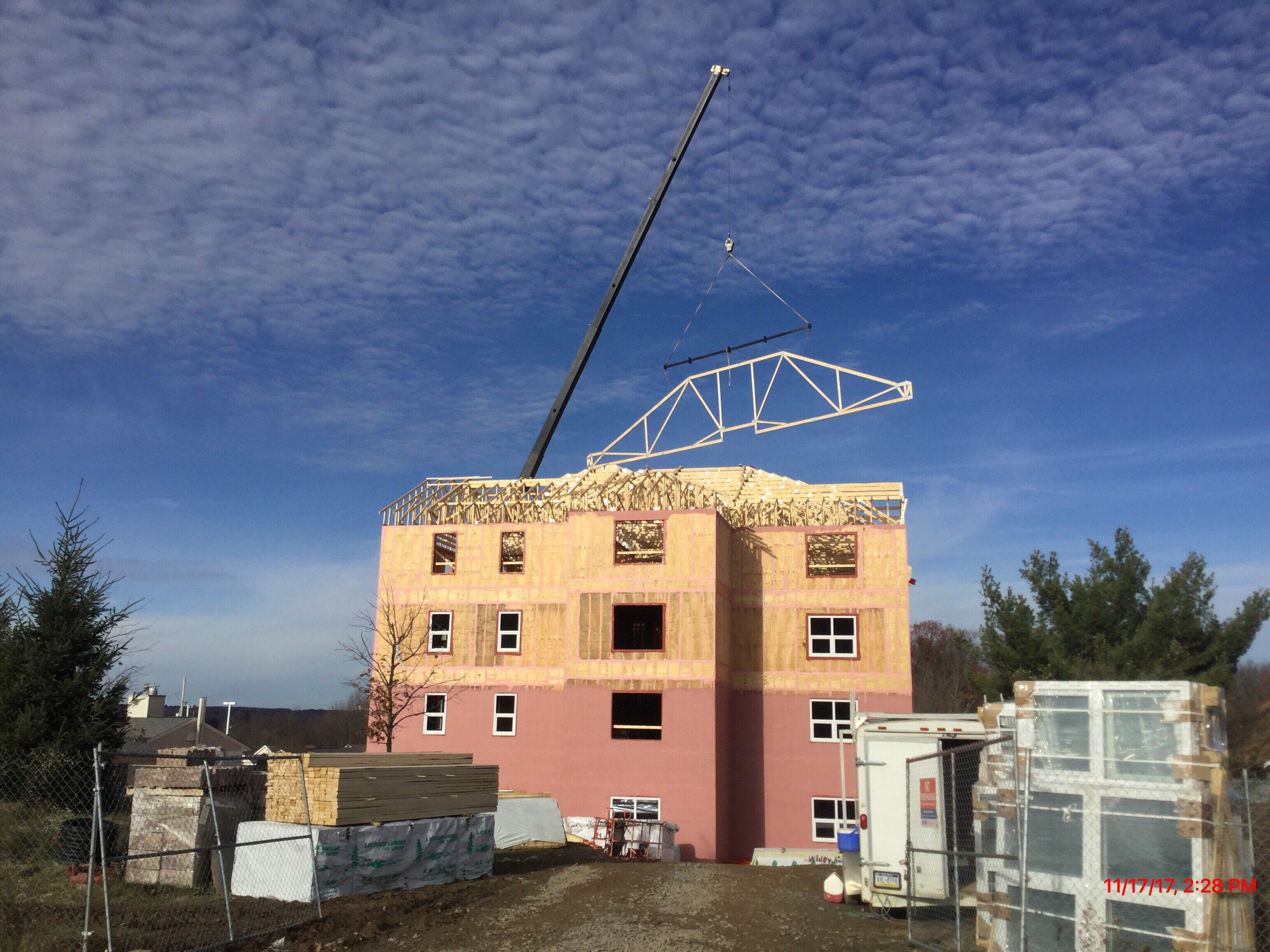
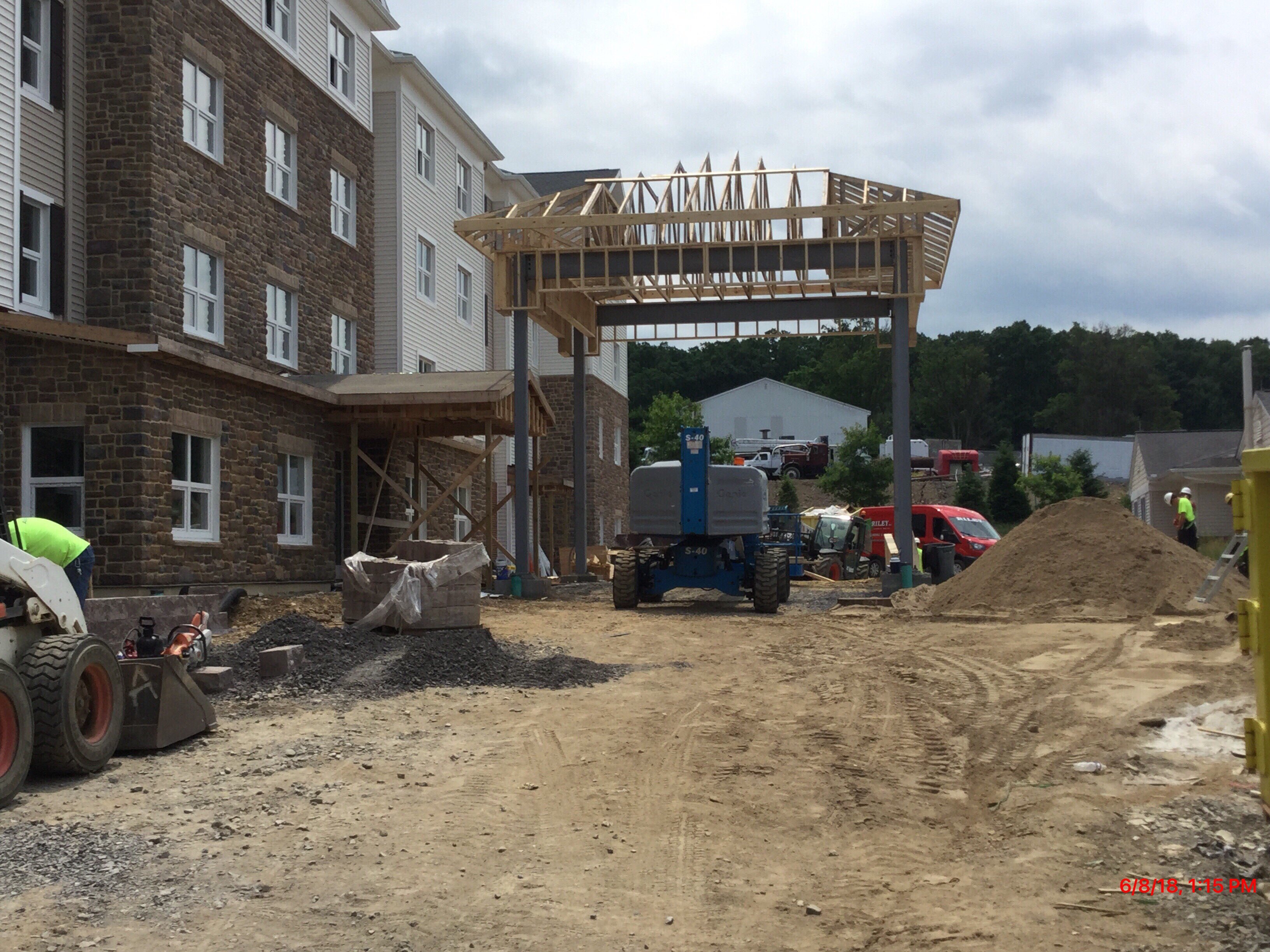
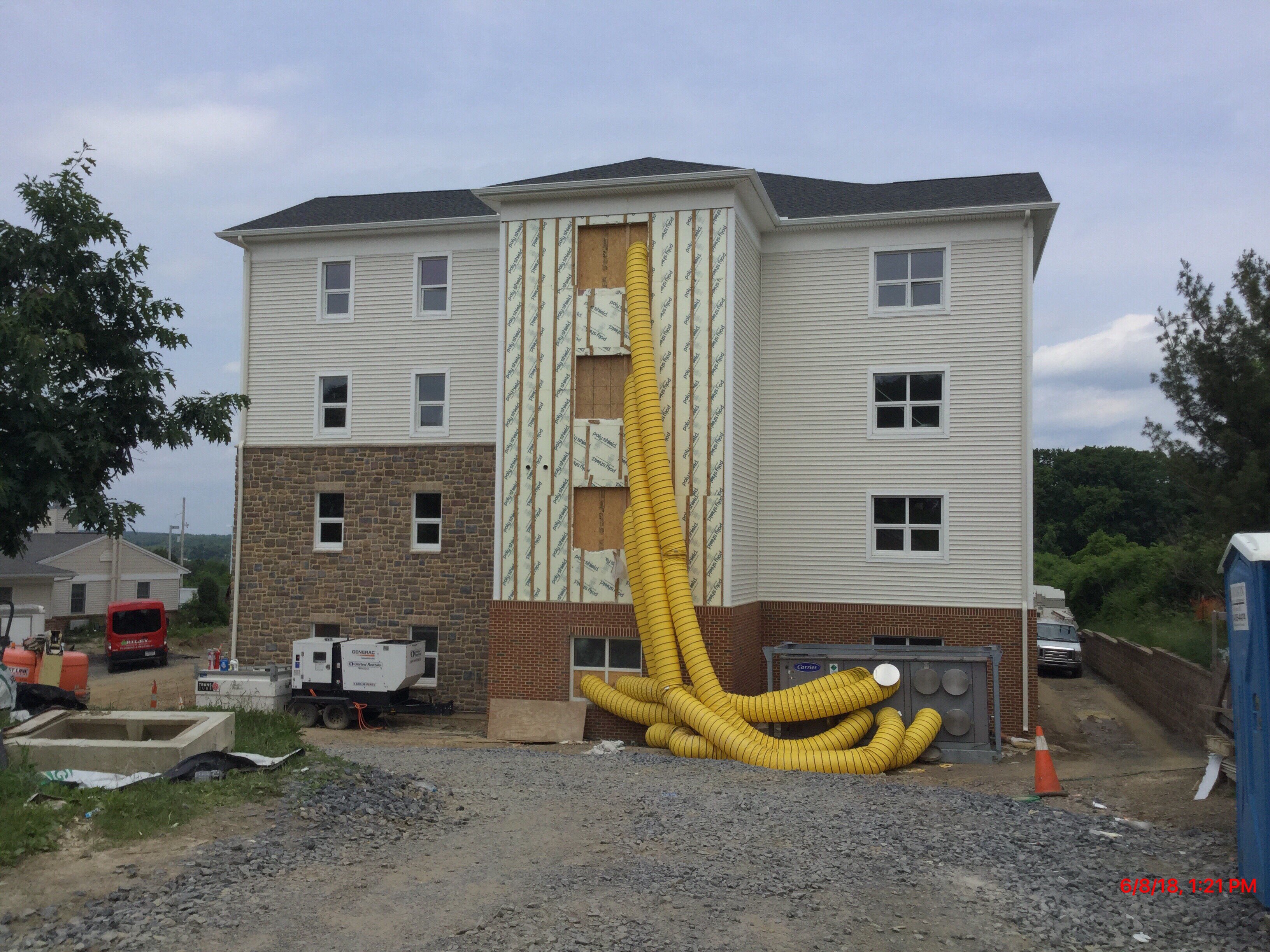
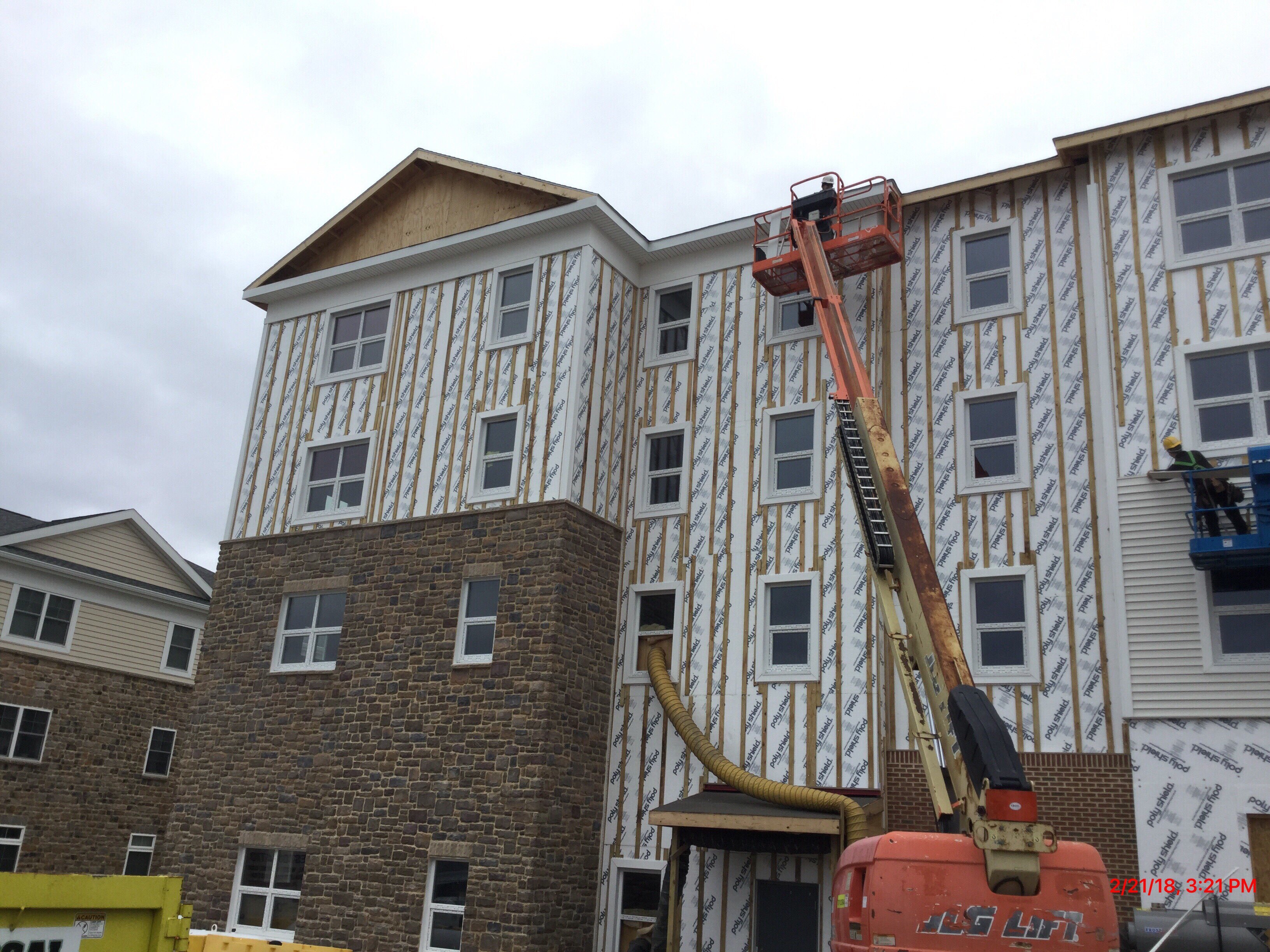
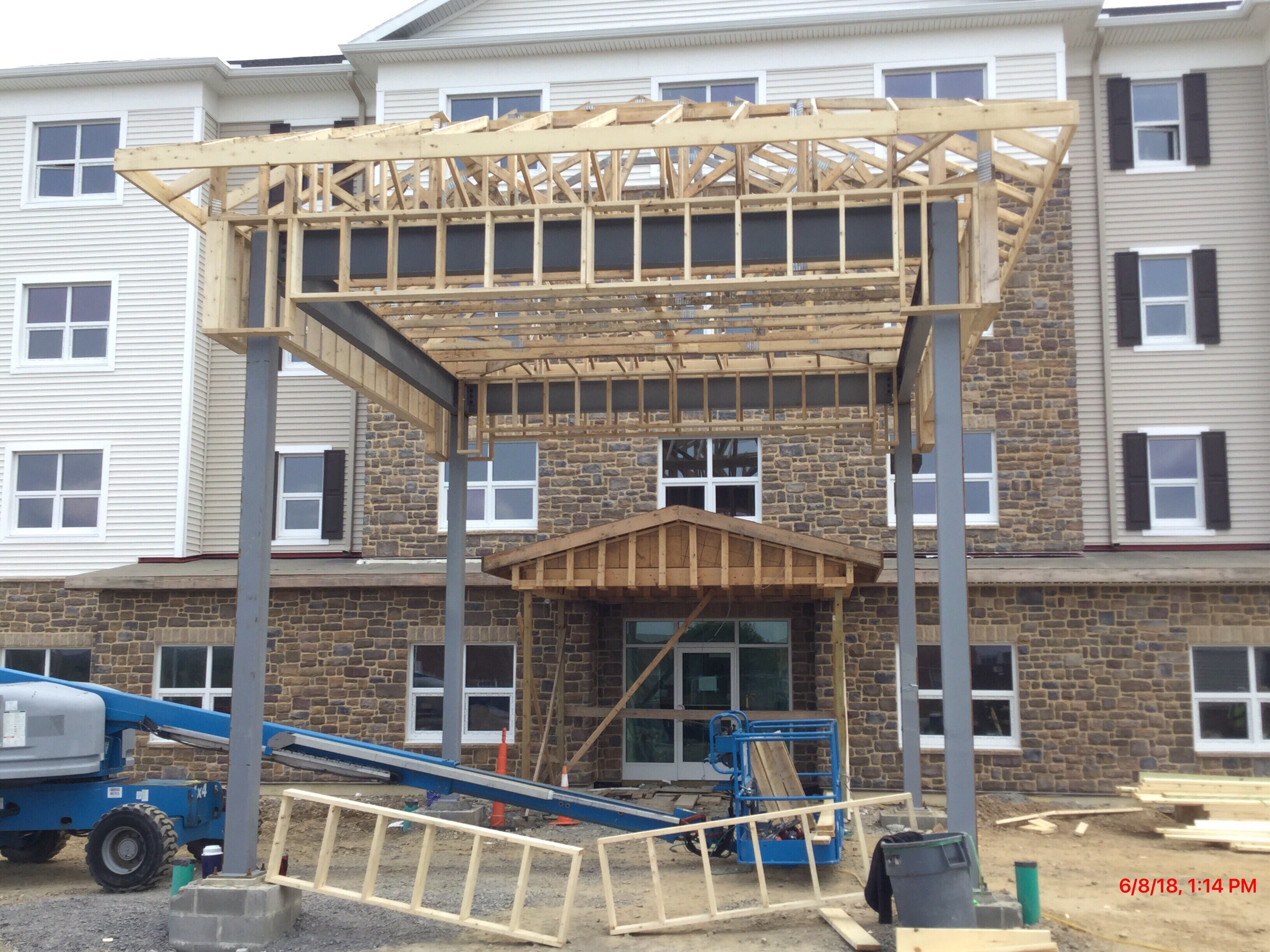
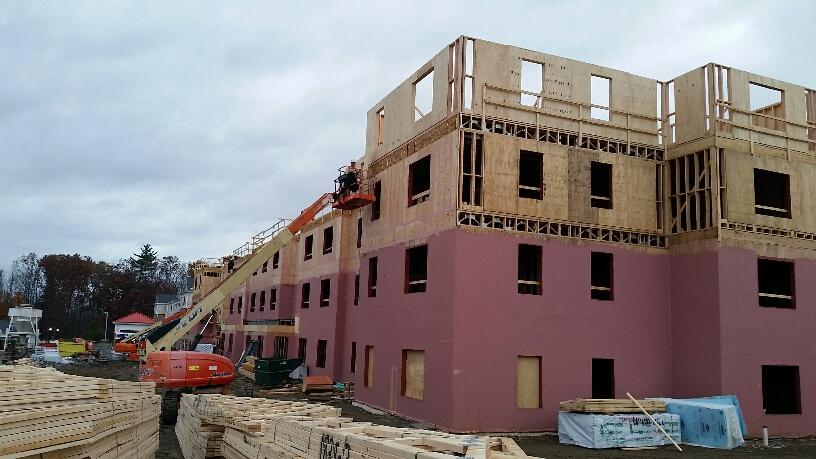

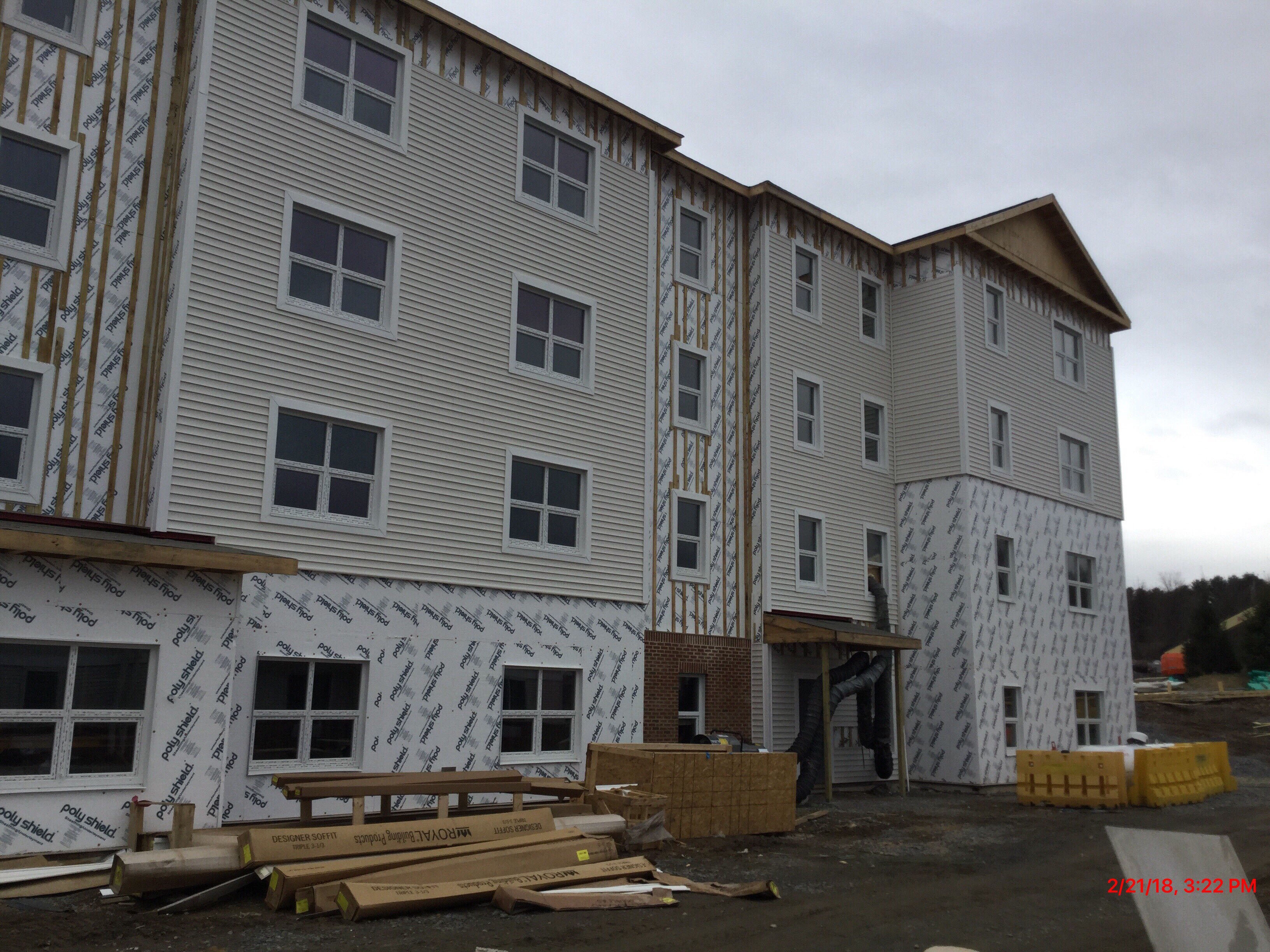
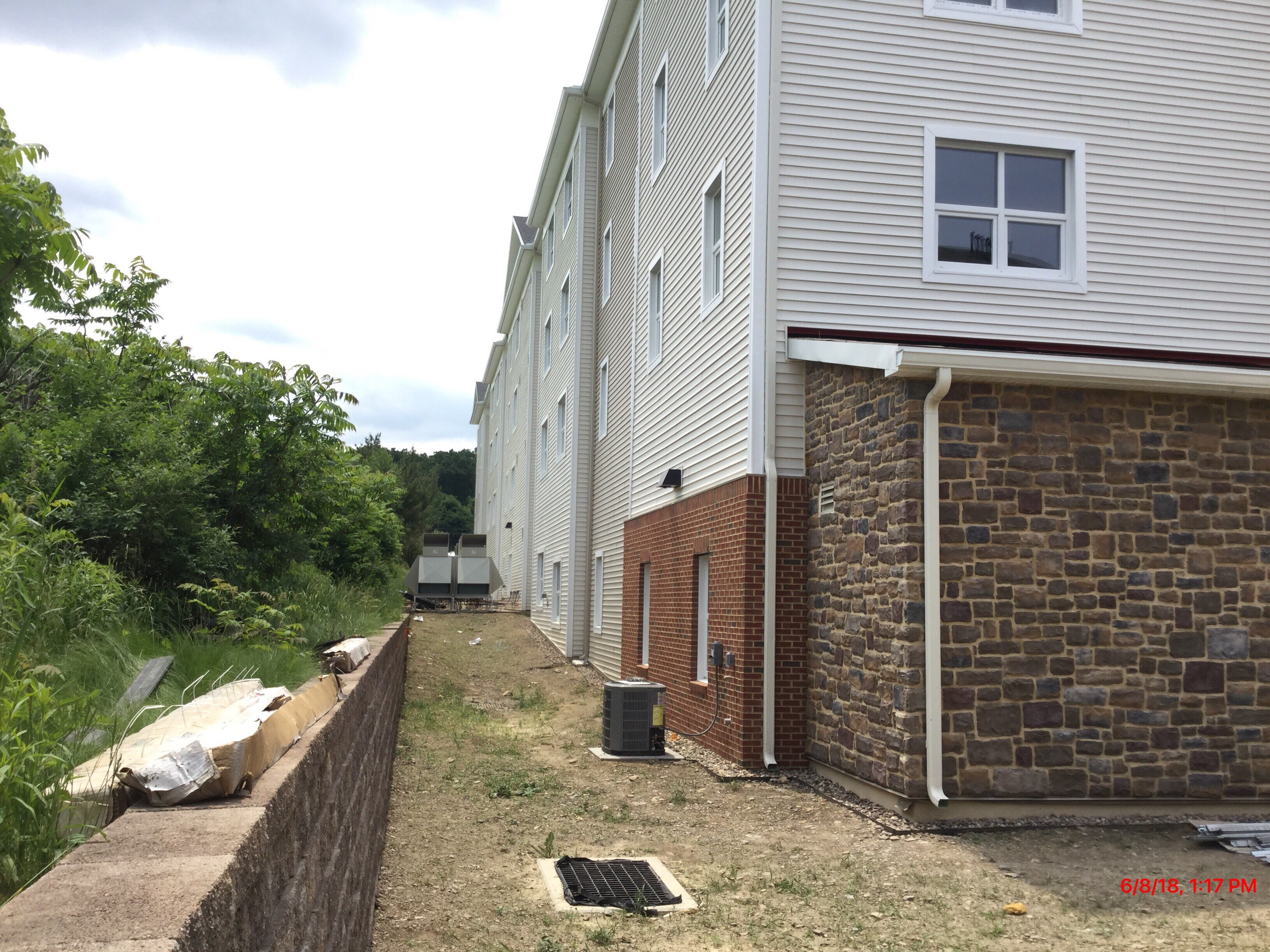
 Login
Login